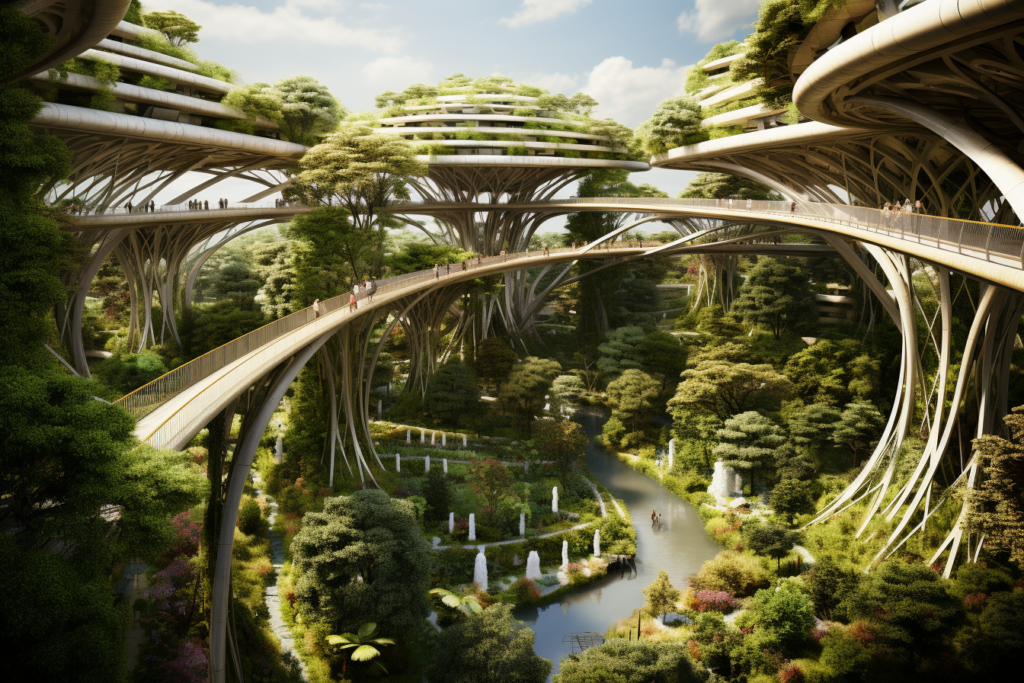
A recent article by The Manufacturer shows some good news and bad news. The good news is global infrastructure is about to start booming due to post-pandemic stimulus spending, rising populations, urbanisation in emerging markets and inward immigration to the developed world. According to the article, construction output will surge 42% by 2030 and infrastructure will be the fastest growth sector.
In the UK specifically, there is investment in significant infrastructure projects from Thames Tideway and Stonehenge Tunnel to HS2. Across the pond in the US, the Infrastructure Investment and Jobs Act (IIJA) will see major expansions of everything from road and rail to renewable energy and electricity networks.
So what is the bad news? Well, according to the article, “the persistence of unsustainable construction materials and methods means this global investment could have a devastating impact on the environment. Climate action failure and biodiversity loss are now ranked among the biggest long-term risks globally by the World Economic Forum, whilst infrastructure and the built environment contribute to 70% of global carbon emissions and are also responsible for 29% of all threats to biodiversity.”
The current issue in the UK is that construction does not prioritise green.
However, there are attempts being made in the UK. According to the article, “the government’s ‘Build Back Greener’ strategy now requires businesses bidding for major public contracts to commit to achieving net zero by 2050, while the 2021 Environment Act requires applicants to deliver a 10% net gain in biodiversity to gain planning permission.”
However, achieving global sustainable infrastructure will require a lot of work. The public and private sectors should collaborate to develop and deploy clean construction innovations from green materials to fuel sources which can be shared across supply chains. Projects should be designed to benefit the community, climate, and local environment.
At Polestar, an important sector that we cover is manufacturing. If you would like more details in this space, or need help on growing your business, please reach out!